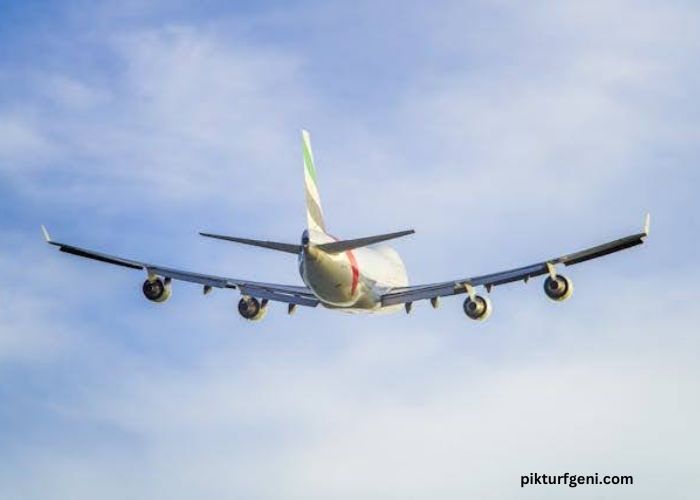Travel has never been just about getting to a destination. It has always been driven by innovation, transforming long, arduous journeys into efficient and comfortable experiences. From contemporary supersonic planes to ancient highways created by civilizations, technology has transformed global mobility. Industries are pushing the envelope of what is feasible as demand for quicker, safer, and more sustainable transport increases. The evolution of travel technology demonstrates human ingenuity, redefining transportation with each groundbreaking advancement.
From Steam to High-Speed Rail: Transforming Land Travel
Beginning with the steam-powered locomotives of the 19th century, trains have been crucial in shaping contemporary transportation. Faster transport over great distances was made possible by these devices substituting for slow and unreliable horse-drawn carriages. Connected cities and driven industrial growth by rail networks helped to make goods and services more accessible than ever before. Offering a cleaner and more effective substitute for coal-powered locomotives, steel rails, strong engines, and electrified trains further transformed the railway sector. High-speed rail networks now predominate in intercity travel, therefore lowering the demand for short-haul flights and drastically shortening journey durations. Investing in modern magnetic levitation (Maglev) and bullet train technologies, countries such as Japan, China, and France provide travellers with a seamless, quick, environmentally friendly means of mobility. These trains travel at speeds exceeding 300 mph, making them a dependable and sustainable option for both commuters and tourists.
Aviation’s Journey from Pioneering Flights to Smart Aircraft
Though early aircraft were slow, unreliable, and had limited range, the Wright brothers’ maiden-powered flight in 1903 signalled the beginning of aviation. Engineers improved airframe designs, brought more potent engines, and created pressurized cabins, allowing high-altitude flying over the years. The rise of commercial airlines in the mid-twentieth century transformed flying from a luxury to an indispensable mode of transportation, connecting people and economies like never before. Modern aviation now prioritizes enhanced automation, sustainability, and fuel economy. While composite materials light aircraft weight and improve aerodynamics, jet engines have grown quieter and more powerful. Digital cockpits, autopilot systems, and real-time data monitoring have improved flight safety and precision. Furthermore, the next step in lessening the environmental impact of aviation is the development of hydrogen-powered aircraft and hybrid-electric propulsion.
The Rise of Electric and Autonomous Vehicles
From simple combustion engines to entirely electric and self-driving systems, automotive technology has seen remarkable progress. Early automobiles were slow, inefficient, and in need of constant maintenance, but advancements in fuel economy, engine design, and aerodynamics made them indispensable components of modern life. The trend toward sustainability in the automobile sector has produced electric vehicles (EVs), which provide zero-emission mobility without sacrificing performance. Another significant advancement in contemporary transportation is autonomous driving technology. AI-driven sensors, cameras, and advanced navigation system-equipped vehicles are meant to increase traffic efficiency and road safety. Businesses are creating personal vehicles, freight trucks, and self-driving taxis that need little human intervention. Future road travel is likely to be more efficient, autonomous, and ecologically friendly as artificial intelligence and battery technologies keep developing.
Space Travel: From Science Fiction to Reality
What seemed impossible before is now becoming a reality: space travel is entering a new era of innovation. While contemporary space exploration originated in the middle of the 20th century, recent developments have turned the emphasis toward commercial space flight and long-term planetary missions. Reusable rockets developed by private aerospace firms significantly lower the cost of spaceflight and make open routes beyond Earth’s atmosphere more accessible. Space tourism is no longer merely a concept. While planned lunar and Mars expeditions might make interplanetary travel a possibility within this century, suborbital flights allow travellers to experience zero gravity. Deep-space exploration is becoming more feasible as propulsion systems, radiation shielding, and life support technology advance.
Powering the Future of Travel with Advanced Energy Solutions
The foundation of contemporary transportation is dependable power sources, which guarantee the seamless operation of everything from electric cars to airplanes. Developments in battery technology have raised operating lifetime, energy economy, and performance under demanding situations. For instance, avionics, emergency systems, and backup operations in aircraft are powered by specialized batteries. The Gill 7025-20 battery is an example of high-performance aviation power technology, as it provides consistent and reliable energy to various aircraft systems. Such developments guarantee that, under difficult conditions, contemporary transportation stays safe and effective. Research into lightweight, high-capacity power sources that could enable the next generation of travel technology keeps developing as the demand for sustainable energy solutions increases.
Conclusion
The advancement of travel technology has transformed the way people travel by land, sea, air, and even space. Transportation has been transformed by high-speed rail, smart planes, electric vehicles, space exploration, and sophisticated energy solutions; it is now faster, safer, and more sustainable. Each breakthrough pushes the boundaries of what is possible, paving the way for even greater advancements in the years ahead. As innovation propels the industry forward, the future of travel offers limitless possibilities.
